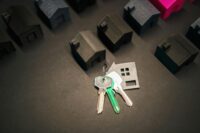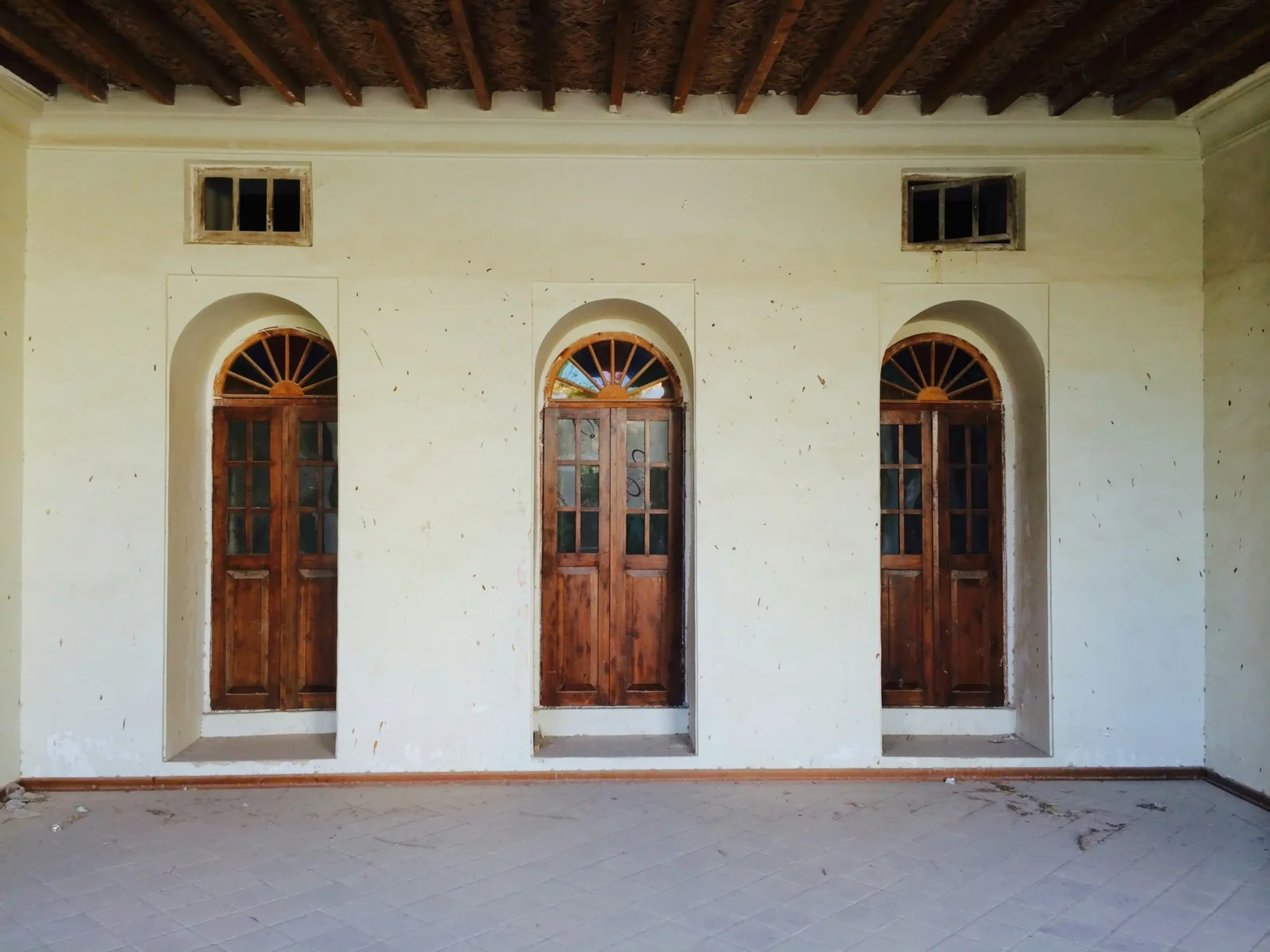- Home
- Articles
- Architectural Portfolio
- Architectral Presentation
- Inspirational Stories
- Architecture News
- Visualization
- BIM Industry
- Facade Design
- Parametric Design
- Career
- Landscape Architecture
- Construction
- Artificial Intelligence
- Sketching
- Design Softwares
- Diagrams
- Writing
- Architectural Tips
- Sustainability
- Courses
- Concept
- Technology
- History & Heritage
- Future of Architecture
- Guides & How-To
- Art & Culture
- Projects
- Interior Design
- Competitions
- Jobs
- Store
- Tools
- More
- Home
- Articles
- Architectural Portfolio
- Architectral Presentation
- Inspirational Stories
- Architecture News
- Visualization
- BIM Industry
- Facade Design
- Parametric Design
- Career
- Landscape Architecture
- Construction
- Artificial Intelligence
- Sketching
- Design Softwares
- Diagrams
- Writing
- Architectural Tips
- Sustainability
- Courses
- Concept
- Technology
- History & Heritage
- Future of Architecture
- Guides & How-To
- Art & Culture
- Projects
- Interior Design
- Competitions
- Jobs
- Store
- Tools
- More
How Blocked Drains Affect Plumbing Systems and Home Comfort Over Time

Clogged drains often start as a minor inconvenience: a slower sink, a gurgling toilet, or water pooling in the shower. But over time, those minor warning signs evolve into major plumbing issues that disrupt the comfort and function of a home. The systems hidden behind walls and beneath floors are not invincible. When water can’t flow freely, pressure builds, waste backs up, and pipework starts to fail. What began as a bit of trapped debris becomes a trigger for structural decay, water damage, or even hazardous mold. This article explores how blocked drains progressively affect plumbing systems and why ignoring them isn’t just costly; it can compromise your everyday comfort and the health of your home.
Table of Contents
ToggleDrain Blockages Can Trigger Leaks Behind Walls and Floors
One of the most serious consequences of a blocked drain is a leak that forms out of sight. Trapped water increases internal pressure, and when pipes are aging or made from weaker materials, they’re vulnerable to small cracks. The added strain forces water to escape, usually in areas hidden behind drywall or beneath flooring. In many homes, these leaks go unnoticed until they cause visible damage like bubbling paint or warped floorboards. In many cases, finding and fixing the cause of clogged drains is the key step in stopping the spread of water damage. Long-term exposure to leaks creates the perfect conditions for wood rot and mildew growth. This isn’t just about replacing a section of pipe; the repairs may require tearing into walls, removing flooring, and addressing damaged insulation or subflooring. What seems like a single blockage can end up affecting multiple parts of the house.

Reduced Water Flow Can Damage Plumbing Fixtures
Blocked drains restrict the natural flow of water, and over time, this begins to affect toilets, sinks, and showers. Water pressure becomes inconsistent, faucets begin to sputter, and toilets may not flush fully. In some cases, appliances connected to the plumbing system, like dishwashers and washing machines, will struggle to complete their cycles. This isn’t just inconvenient; it shortens the lifespan of these fixtures.
The sediment and debris contributing to the blockage often accumulate near the fixture itself, corroding parts from the inside out. Faucets may start to leak, toilet valves wear down faster, and showerheads clog more often. When these components break, the cost of replacement is compounded by the hassle of intermittent function or complete shutdown. Homeowners find themselves fixing problems that could have been prevented with early action.
Sewage Backup Poses a Serious Health Hazard
One of the most distressing outcomes of prolonged drain blockages is a sewage backup. When waste can’t move through the system, it begins to reverse course. This doesn’t just mean unpleasant smells; it can result in raw sewage entering the home through floor drains, bathtubs, or sinks. The contamination poses serious health risks, introducing bacteria and viruses into living spaces.
Sewage backup often requires emergency plumbing services and professional cleanup to remove hazardous materials. Walls, flooring, and furniture may need to be discarded or sanitized. On top of the physical mess, this kind of plumbing failure creates emotional stress for everyone in the household. Even minor exposure to untreated waste can trigger allergies, respiratory problems, and infections, especially for children and elderly residents.
Long-Term Clogs Contribute to Pipe Corrosion and Bursts
Drain blockages tend to attract more debris as time goes on. Grease, soap scum, and hair clump together, creating larger and more stubborn obstructions. This doesn’t just stop water from flowing; it leads to chemical reactions inside the pipe that encourage corrosion. As the inner surfaces break down, the metal weakens, making the entire system vulnerable to bursts.

When pipes burst, the flooding can be immediate and catastrophic. Basements and lower levels are especially at risk. What starts as a seemingly harmless drain issue can snowball into extensive water damage, requiring not just plumbing repair but full-scale restoration. The combination of rust, pressure, and trapped material eats away at the infrastructure silently, and when the damage appears, it’s often far worse than expected.
Persistent Odors Impact Daily Comfort and Air Quality
Blocked drains aren’t always silent. One of the early warning signs is the smell; an unpleasant, lingering odor that seeps into bathrooms, kitchens, and laundry areas. These smells stem from organic material trapped in the pipe, which begins to decompose. Fats, food particles, and soap residues are a breeding ground for bacteria, and the gases they produce quickly enter the home environment.
This isn’t just a question of comfort. Over time, these gases can contribute to poor indoor air quality. In homes with limited ventilation, the issue becomes more pronounced. People with asthma or sensitivities may experience worsening symptoms, and prolonged exposure to sewer gas can create headaches or dizziness. The smell doesn’t stay confined to one room; it finds its way into vents and ducts, making it a constant presence throughout the house.
Blocked drains aren’t just an inconvenience; they represent a progressive threat to the function and safety of a home’s plumbing system. Left unaddressed, what starts as a slow drain can become a serious repair project. Whether it’s preserving your home’s plumbing or maintaining your comfort, paying attention to blocked drains makes all the difference.
illustrarch is your daily dose of architecture. Leading community designed for all lovers of illustration and #drawing.
Submit your architectural projects
Follow these steps for submission your project. Submission FormLatest Posts
How Modern Bridges Balance Aesthetics and Engineering
How modern bridges balance aesthetics and engineering: explore form-driven systems, case studies,...
Exterior & Interior Remodeling Tips Every Homeowner Should Consider
Home upgrades reshape comfort, improve function, and strengthen long-term property value. Whether...
Top 8 Luxury Vacation Rentals Features Guests Love Most
A luxury vacation rental offers an entirely different experience than a typical...
Why Local Expertise Matters: Choosing the Right Plumbers in Townsville
Why Local Expertise Matters: Choosing the Right Plumbers in Townsville When it...












Leave a comment